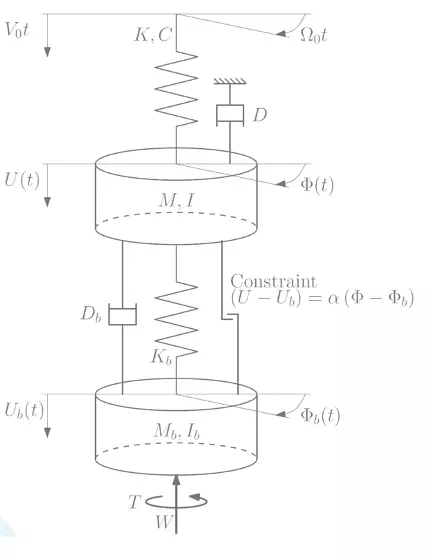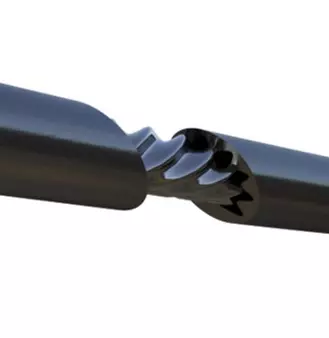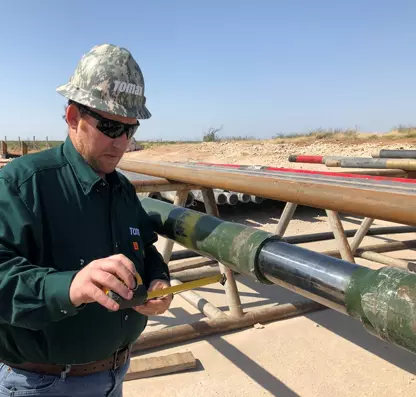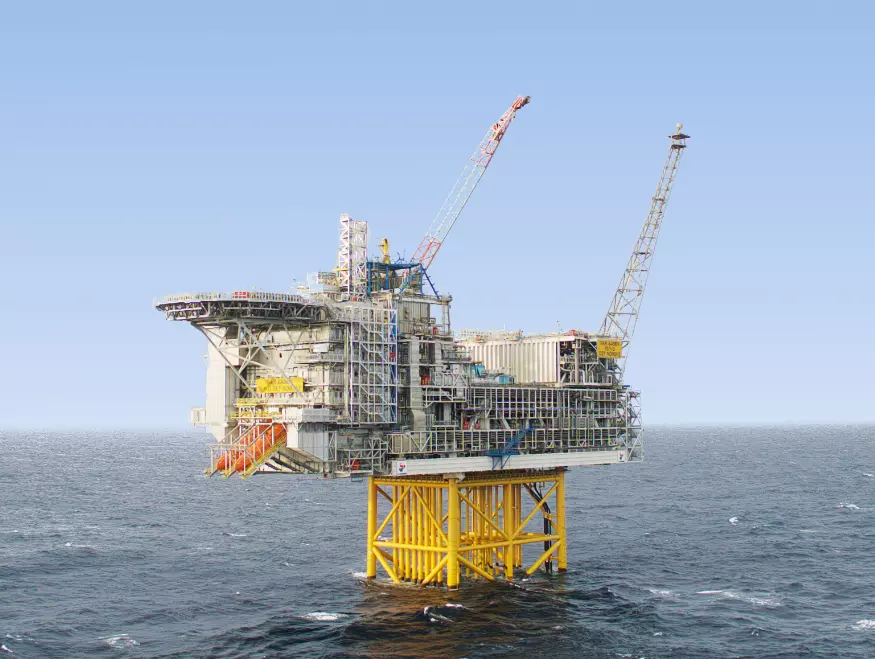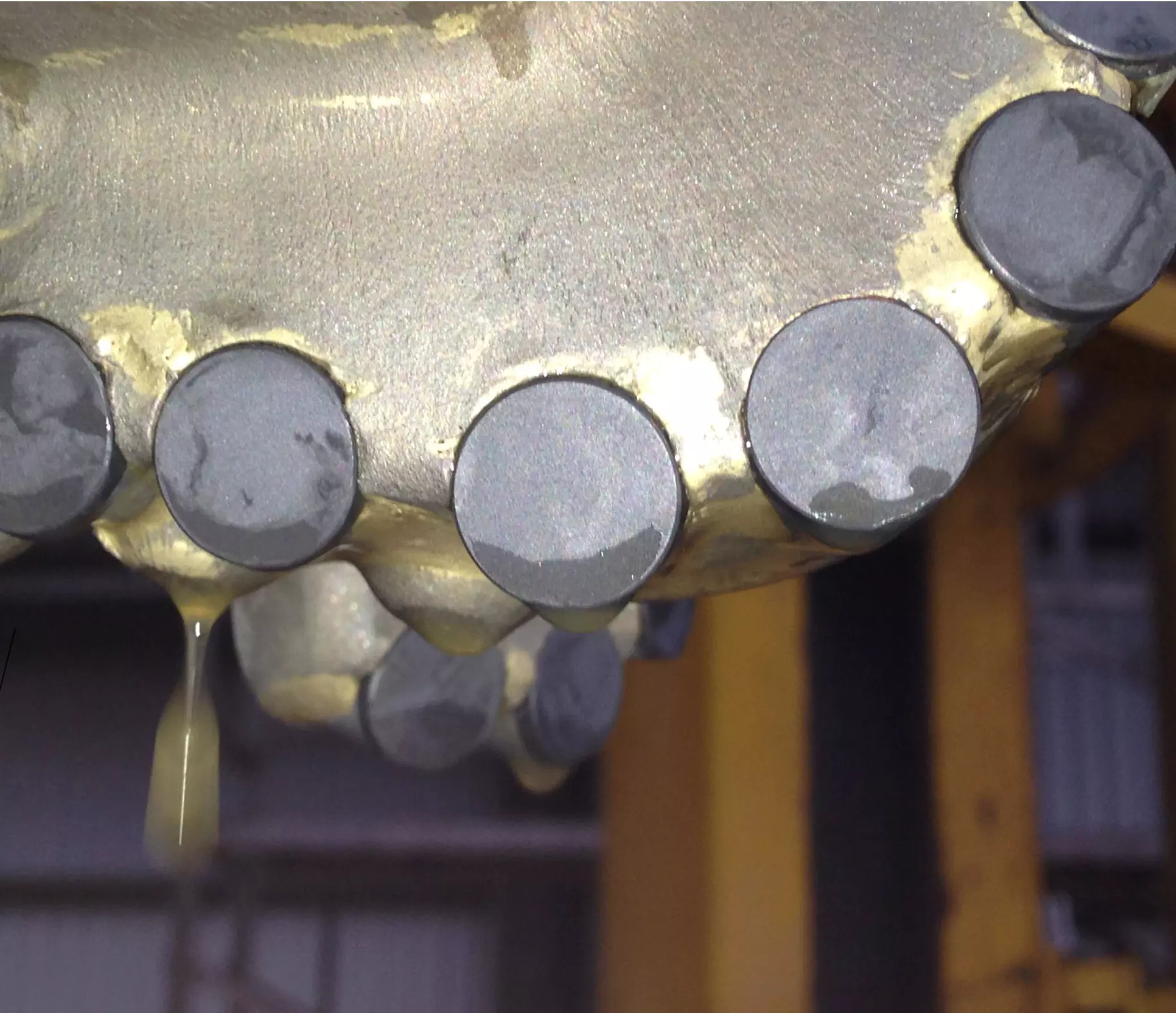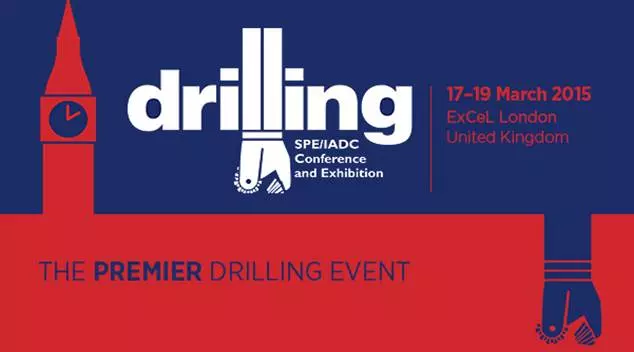Drilling a slim hole from a semi-submersible in rough seas was almost impossible due to inadequate load on the heave compensator system. AST was called out to solve the problem.
Statoil solved a traditionally difficult task when the operator needed to drill a long section of cement as part of a well service job from the Borgland Dolphin semi-submersible.
Objectives
The 3 ½” PDM with a 4 1/8” PDC bit required optimal weight control to drill at 3000m under the Tordis subsea template. The combination of bad weather and heave made it an even more difficult operation and frequent stalls caused slow overall progress with concerns over losing the BHA. At TD it was found that the cement job did not qualify and the well was cemented back for the same interval to be drilled again. Now Statoil called on an Anti Stick-slip Tool (AST) to go on top of the BHA as the weather had not improved.
FACTS
Tool
3” AST
Client
Statoil
Country
Norway
Field
Tordis (Norwegian North Sea)
Rig
Borgland Dolphin
Section
4 ½” cement drillout
BHA
4 ½” bit (PDC) Weatherford CTD motor, AST, collars and 3 ½” DP
Results
The advantage of the AST was immediate and the stall-outs were replaced by freedom to increase the WOB to produce a faster Rate of Penetration (ROP). For all parameters, a very good comparison could be made as the AST tool was the only differentiating factor.
| RUN | AST | ROP | HEAVE | STALL-OUT | CIRC. HRS |
| 1 | No | 12 m/hr | 3m | Severe | 28 |
| 2 | Yes | 19 m/hr | 3m | Minor | 12 |
Value
The savings amounted to about one effective rig day or USD 0.4 Mill. although the biggest gain for Statoil was the reduced operational risk.

